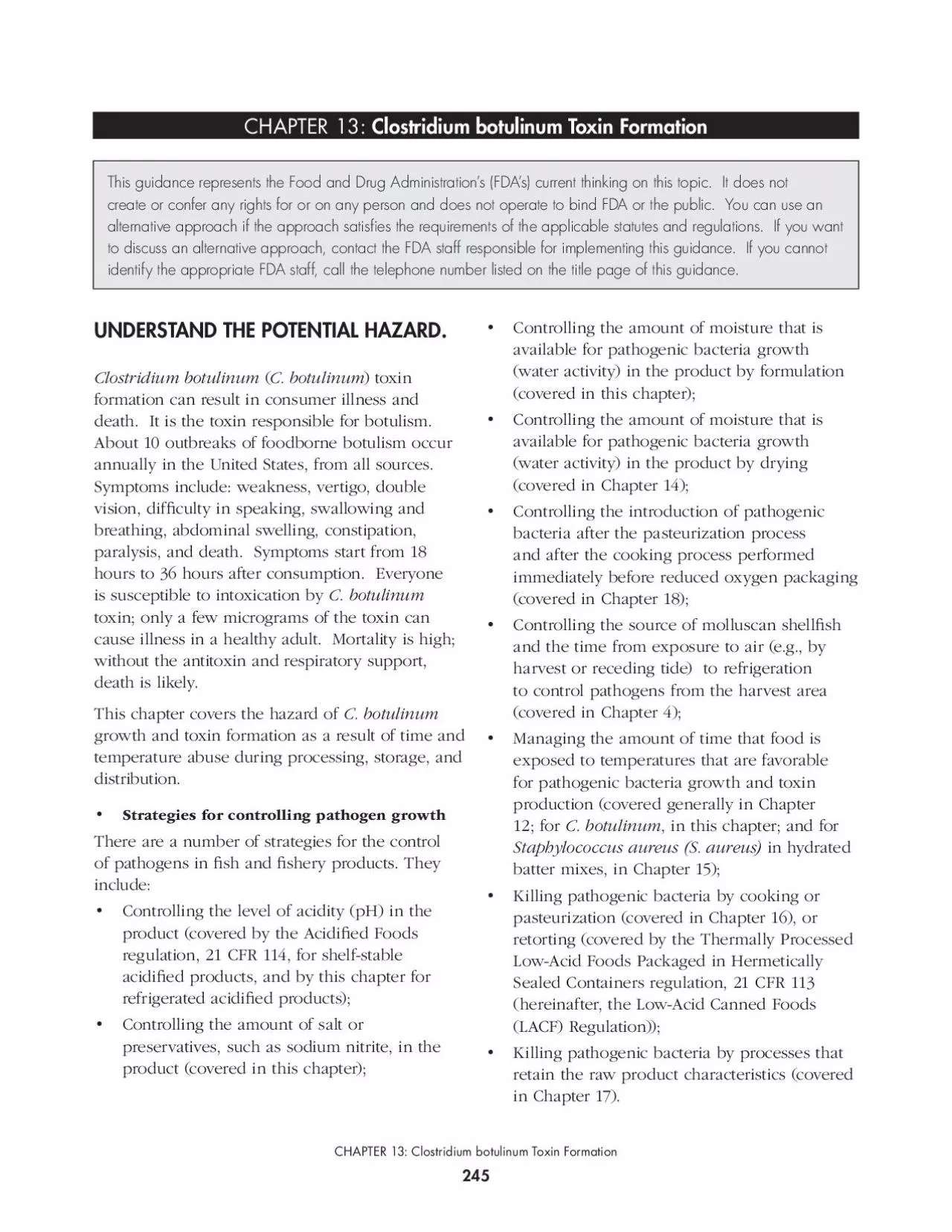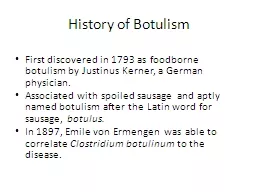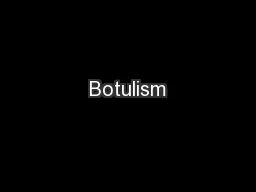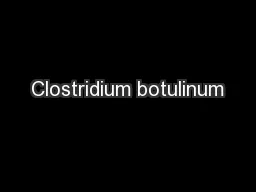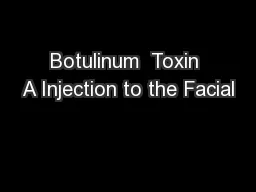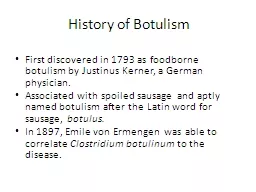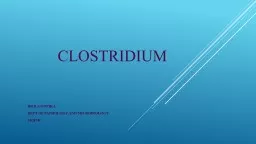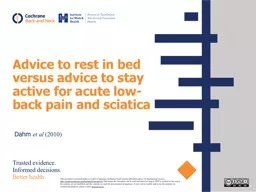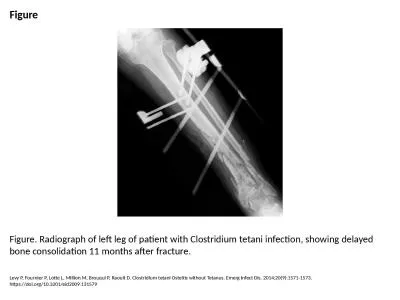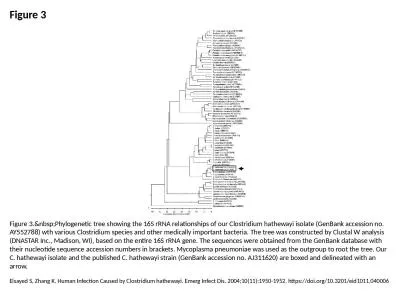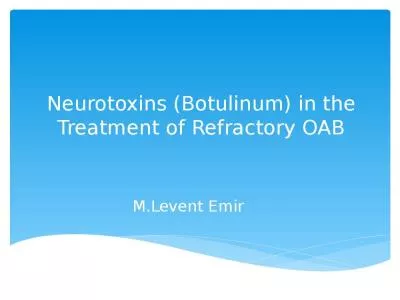PDF-Clostridium botulinum Toxin Formation
Author : cappi | Published Date : 2022-08-19
Strategies for controlling pathogen growth There are a number of strategies for the control of pathogens in 31sh and 31shery products They include ontrolling the
Presentation Embed Code
Download Presentation
Download Presentation The PPT/PDF document "Clostridium botulinum Toxin Formation" is the property of its rightful owner. Permission is granted to download and print the materials on this website for personal, non-commercial use only, and to display it on your personal computer provided you do not modify the materials and that you retain all copyright notices contained in the materials. By downloading content from our website, you accept the terms of this agreement.
Clostridium botulinum Toxin Formation: Transcript
Download Rules Of Document
"Clostridium botulinum Toxin Formation"The content belongs to its owner. You may download and print it for personal use, without modification, and keep all copyright notices. By downloading, you agree to these terms.
Related Documents

